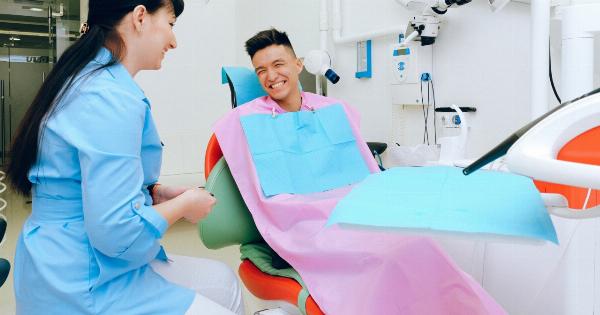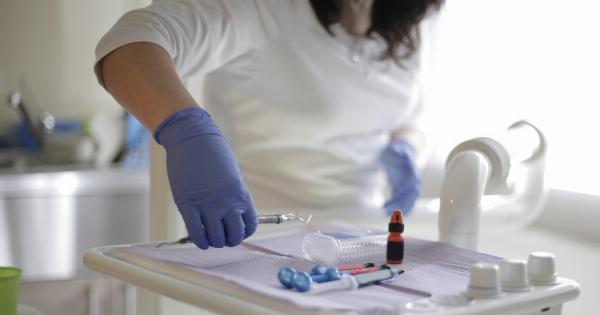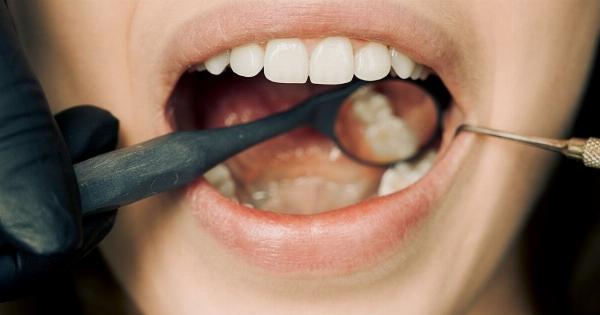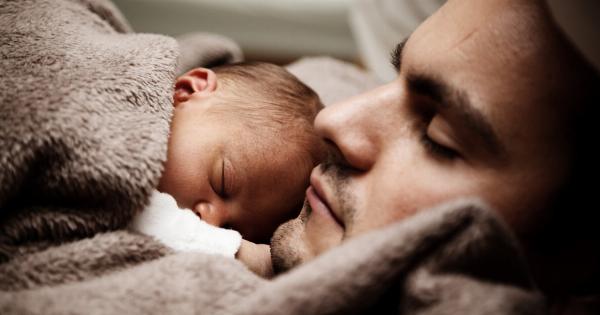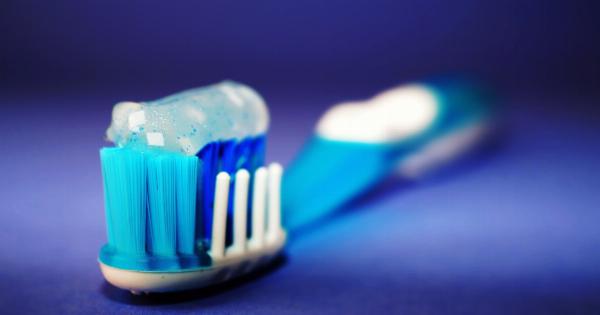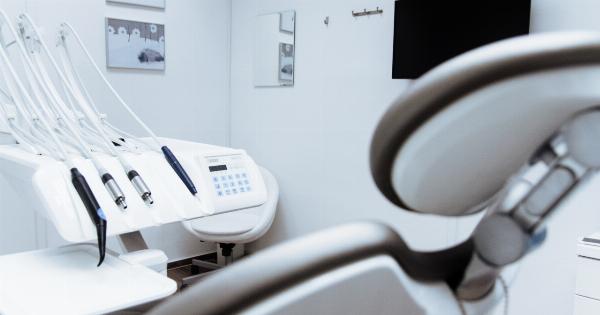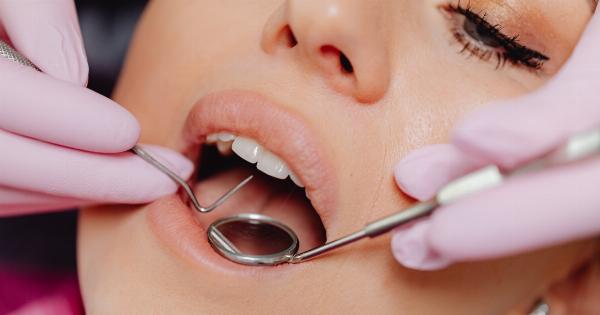Orthodontic issues are common in children, and detecting them early is essential for preventing further problems. Regular dental check-ups and monitoring can aid in identifying any issues before they develop into more extensive problems.
Crowding
Crowding occurs when there isn’t enough space in the mouth for teeth to grow and align. This can lead to overlapping teeth and difficulties in brushing, flossing, and keeping teeth clean, leading to a higher risk of decay and gum disease.
Braces or other orthodontic treatments can help create space and align teeth properly.
Crossbite
Crossbite occurs when teeth are not properly aligned and one or more teeth are positioned to either the outer or inner surface of the opposite jaw. This can cause difficulty in biting and chewing, worn down teeth, and jaw pain.
Orthodontic treatment can correct this issue.
Underbite
An underbite occurs when the lower jaw juts out past the upper jaw, leading to an unbalanced bite. This can impact speech, chewing, and the growth of facial muscles and bones.
Early orthodontic treatment can help correct this issue before more extensive treatment is needed.
Overbite
Overbite is when the upper front teeth extend further forward than the lower front teeth. This can lead to a “buck teeth” appearance, difficulty in closing the mouth properly, and potential jaw pain.
Orthodontic treatment for overbite can correct the alignment of the teeth and jaw to ensure proper function and appearance.
Crooked Teeth
Crooked teeth are caused by genetics, thumb sucking, or tongue thrusting. These can lead to difficulty in speaking and chewing and an increased risk of decay and gum disease.
Orthodontic treatments can help straighten teeth and create a more aesthetically pleasing smile.
Open Bite
An open bite occurs when the front teeth fail to meet when the mouth is closed, leading to difficulty in biting and chewing. This can also impact speech patterns and cause jaw pain.
Orthodontic treatment can help correct this issue and realign the jaws and teeth to create a more balanced bite.
Spacing Issues
Spacing issues occur when there is too much space between teeth, leading to gaps between teeth and problems in chewing and speaking. Orthodontic treatments can help close gaps and ensure teeth are properly aligned.
Impacted teeth
Impacted teeth occur when teeth don’t emerge from the gum properly. Wisdom teeth, which typically emerge in late adolescence or early adulthood, are the most common teeth to become impacted.
Other teeth can also become impacted and lead to discomfort, pain, and swelling. Orthodontic treatments can help resolve this issue and avoid further complications.
Skeletal malocclusion
Skeletal malocclusions are issues with the relationship between the upper and lower jaws. This can lead to issues with speech and chewing, as well as impact facial structure.
Orthodontic treatments can assist in creating an aligning bite and properly positioning the jaws.
Cleft Lip and Palate
Cleft lip and palate are malformations of the upper lip and palate that happen during fetal development. The condition can impact speech, feeding, and the overall appearance of the face.
Corrective surgery is typically required to repair the cleft, and orthodontic treatment is often necessary to create proper alignment and function.





